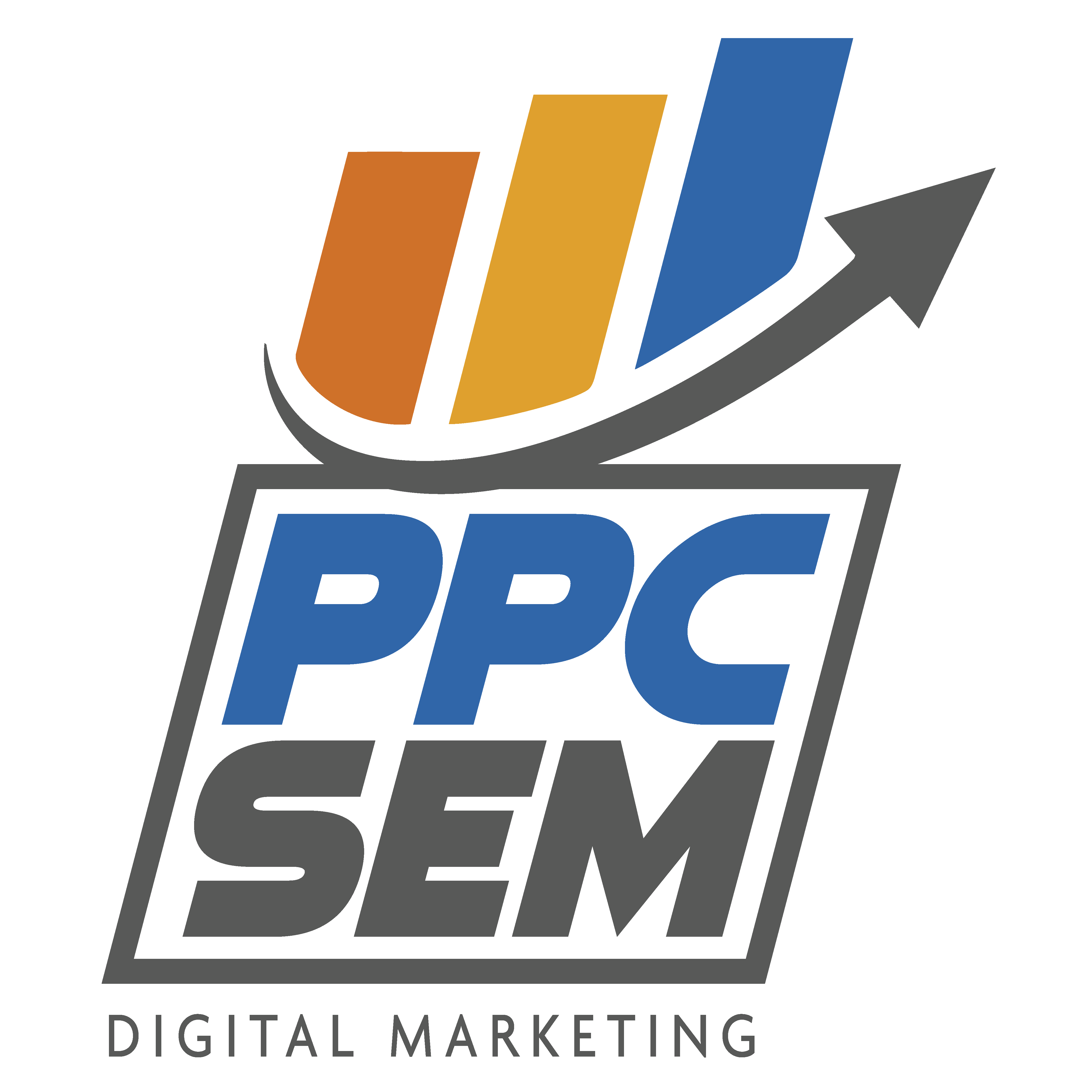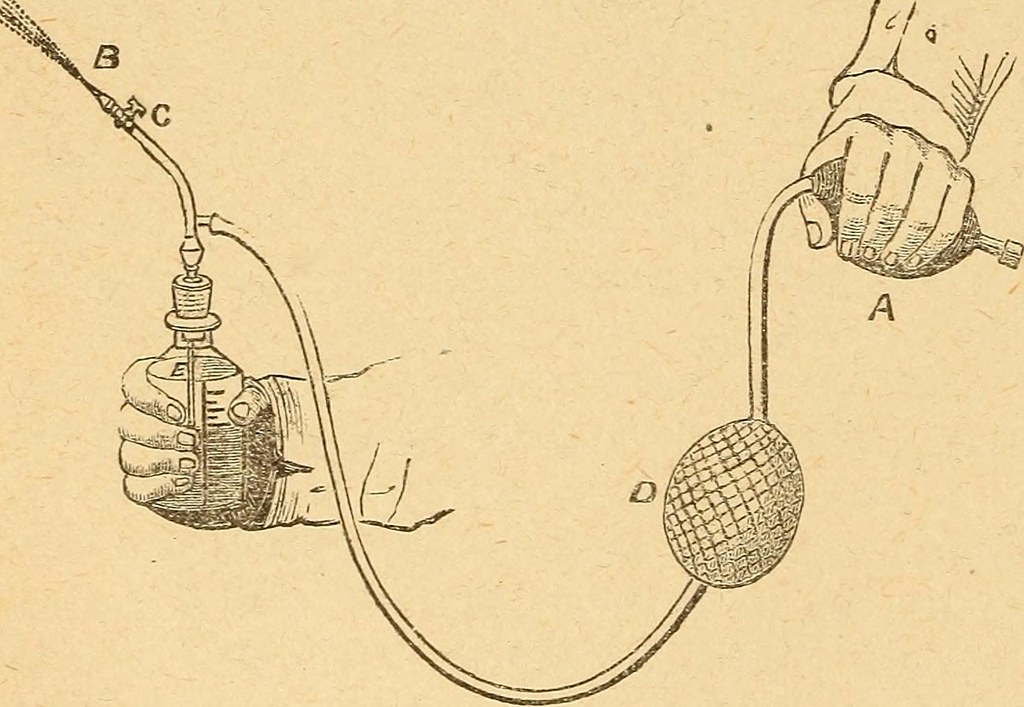Achieve Your Objectives: Your Guide to Goal Setting
1. Unlocking the Mystery of Goals vs Objectives
When it comes to SEO and Google Ads, setting clear goals and objectives are paramount to success. Goals and objectives provide the foundation and guidance needed to drive search engine visibility and conversions. Yet, while goals and objectives may look similar at first glance, they have some fundamental differences.
First, goals are developed around the end results that you are aiming to achieve. It is often broad in scale and can include activities required to reach the end result. Goals provide a clear directive for you to focus on; however, goals cannot provide guidance regarding the steps and objectives that need to be taken to reach the end result.
Objectives, on the other hand, are the actionable steps and metrics necessary for you to reach the end goal. They are tightly focused and can be used to calculate progress with definitive numbers. Objectives should also be SMART—specific, measurable, achievable, realistic, and timely.
To clarify this distinction, let’s look at an example. Suppose you are an SEO agency that wants to increase website organic search visibility. The goal can be something broad like “increase organic website visibility” while the objectives could include:
- Increase the number of organic keywords visible in SERPs
- Achieve top 10 ranking positions for target keywords
- Grow organic traffic by 15% quarter-over-quarter
When setting goals and objectives, it is important to measure them against each other and against the original goal. Doing so allows you to see exactly how close you and your team are getting to the goal. Furthermore, it gives you the ability to track progress and allows you to pivot quickly when necessary. Once the goals and objectives are firmly in place, the work towards success can begin.
2. Comparing and Contrasting Goals and Objectives
Understanding the difference between goals and objectives is key when developing an SEO or Google Ads campaign. Goals are broad, long-term objectives that a campaign seeks to accomplish. In order to reach a goal, shorter, more tangible objectives must be identified and achieved.
Goals:
- Goals are broad statements that outline the end goal of a campaign
- Goals should be specific enough that success can be accurately measured
- Goals usually have a finite, definitive timeline for completion
- Goals can be broad and encompass the entire campaign, or focus on specific targets
- Goals should be tailored to the clients’ desires
Objectives:
- Objectives should have measurable goals that can be consistently tracked
- Objectives are broken down into smaller, attainable goals that lay the groundwork for the end goal
- Objectives should usually have smaller, more immediate deadlines for completion
- Objectives should be able to directly contribute to the end goal of a campaign
- Objectives should be monitored and tracked regularly to measure progress
When crafting an SEO and Google Ads campaigns, it’s essential to understand the difference between goals and objectives. Goals provide the foundation, while objectives serve as a roadmap to achieve that goal. Appropriately setting and evaluating both are key to running an effective SEO and Google Ads campaign.
3. Crafting Goals and Objectives Constructively
What are your goals? Objectives? It is important to figure out the overall end at which you are pointing, in order for your SEO and Google Ads campaigns to be truly effective. Without aligning your objectives, you are merely firing blind shots and hoping for success without any direction. Crafting objectives should be done in a constructive manner, so that your campaigns can achieve the goals that you seek.
For SEO and Google Ads campaigns, it breaks down into two separate categories – medium term and long term goals. Medium term goals are typically split into actionable steps that lead up to a larger, long term example. For example, a medium term goal may be to reach twenty thousand unique organic visits within three months, and the long term may be to reach a million organic visits in a year. Some key performance indicators you can use to track how your campaigns are doing are organic traffic, engagement metrics and conversion rates.
- Organic Traffic: Track the number of visitors that enter the website as a result of a search engine query or organic listing.
- Engagement Metrics: Monitor the amount of time visitors spend on your website, and on what pages.
- Conversion Rates: Track the number of visitors that complete an action, whether it’s signing up for an account, making a purchase, or simply staying on a page until the end.
Establishing your objectives also allows you to measure the success of your campaigns. When you have defined objectives, it will be easier for you to make adjustments if your campaigns seem to be headed off course. By keeping your objectives in mind, your campaigns will stay on track and you will be able to measure the progress and success of each one.
4. Setting Yourself Up for Successful Outcomes
Strategizing and Planning:
When developing an SEO and Google Ads campaign, it is important to strategize and plan your approach. Prioritize your goals by creating an outline and timeline of how you would like to progress. Identify the areas of your website that will gain the most exposure with the most efficient implementation of SEO and Google Ads. It is important to have a well-thought-out roadmap that outlines what you are aiming to achieve.
Tracking and Evaluating Your Progress:
Once your SEO and Google Ads campaign is in motion, it is imperative that you track and evaluate your progress. Keeping tabs on your analytics will help you see what strategies are working, what needs improvement, and your overall success rate. Utilizing tools like Google Analytics and SEMrush can give you valuable insights into your SEO and Google Ads performance, helping you make better-informed decisions and maximize the effectiveness of your campaigns.
Unnumbered List:
- Analyze your goals and objectives
- Outline timeline for progress
- Prioritize areas of website exposure
- Use tracking and analytics tools
- Make sure progress is evident
Goals and objectives are essential elements of any successful project plan. We hope this breakdown has helped you better understand the difference between the two, and made you more confident in achieving your own. With a clear focus and the right strategy, your goals and objectives can propel you to success.

